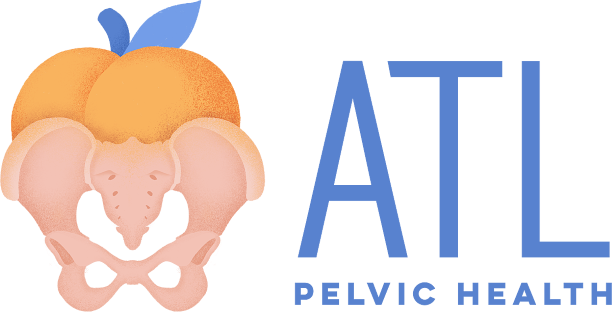Pelvic Pain: Finding Relief and Understanding the Causes
Pelvic pain is a complex and often misunderstood issue that affects people of all ages and genders—but it’s especially common among women. Whether it comes and goes or feels like a constant ache, pelvic pain can interfere with everything from exercise and intimacy to simply sitting at your desk. Unfortunately, many people are told it’s “normal,” “in their head,” or something they just have to live with. But the truth is: pelvic pain is real, and there are effective ways to treat it.
What Causes Pelvic Pain?
Pelvic pain isn’t one-size-fits-all. It can be sharp or dull, localized or widespread, and may worsen with specific activities like sitting, using the bathroom, or having sex. The causes are just as varied and often include more than one contributing factor:
Muscle tension or overactivity: The pelvic floor muscles can become tight or overactive—often in response to stress, injury, or trauma—leading to chronic pain.
Endometriosis: This condition causes tissue similar to the uterine lining to grow outside the uterus, often resulting in deep pelvic pain, especially during menstruation or intercourse.
Interstitial cystitis (painful bladder syndrome): A chronic condition that causes bladder pressure, urgency, and pain without infection.
Pudendal neuralgia: Irritation of the pudendal nerve, which supplies the pelvic floor, can cause burning, tingling, or aching sensations.
Post-surgical or postpartum recovery: Scar tissue, nerve irritation, or changes after childbirth or pelvic surgeries can all trigger ongoing discomfort.
Digestive or orthopedic issues: Conditions like IBS, constipation, or hip/lumbar spine dysfunction can refer pain to the pelvic region.
Effective Strategies for Relief
The good news? Pelvic pain is treatable—and relief often starts with understanding the root cause and using a whole-body approach. Here’s how pelvic floor therapy can help:
Comprehensive Assessment: At ATL Pelvic Health, we don’t just treat symptoms—we look at your posture, movement patterns, breathing, and pelvic floor function to find contributing factors others might miss. Our goal is to get to the root cause of your symptoms so that we can address them for good.
Manual Therapy: Hands-on techniques help release tension in the pelvic floor muscles, abdomen, hips, and low back, improving mobility and reducing pain.
Pelvic Floor Downtraining: If the pelvic floor is in a constant state of overactivity, we use techniques like diaphragmatic breathing, gentle stretching, and neuromuscular re-education to help the muscles learn to relax and function properly.
Education & Lifestyle Strategies: We teach you how to move, sit, go to the bathroom, and exercise in ways that reduce strain on the pelvic floor. Small shifts in habits can make a big impact on pain levels.
Collaborative Care: We often work closely with other specialists—including gynecologists, urologists, gastroenterologists, and pain management providers—to create a comprehensive plan tailored to you.
You Don’t Have to Live in Pain
Pelvic pain is frustrating, exhausting, and often isolating—but it’s not something you have to accept. With the right support and a personalized plan, relief is possible.
If you’re experiencing pelvic pain and looking for answers, our team at ATL Pelvic Health is here to help. You can schedule a 15 minute discovery call to see if we are the right fit for what you are looking for!




